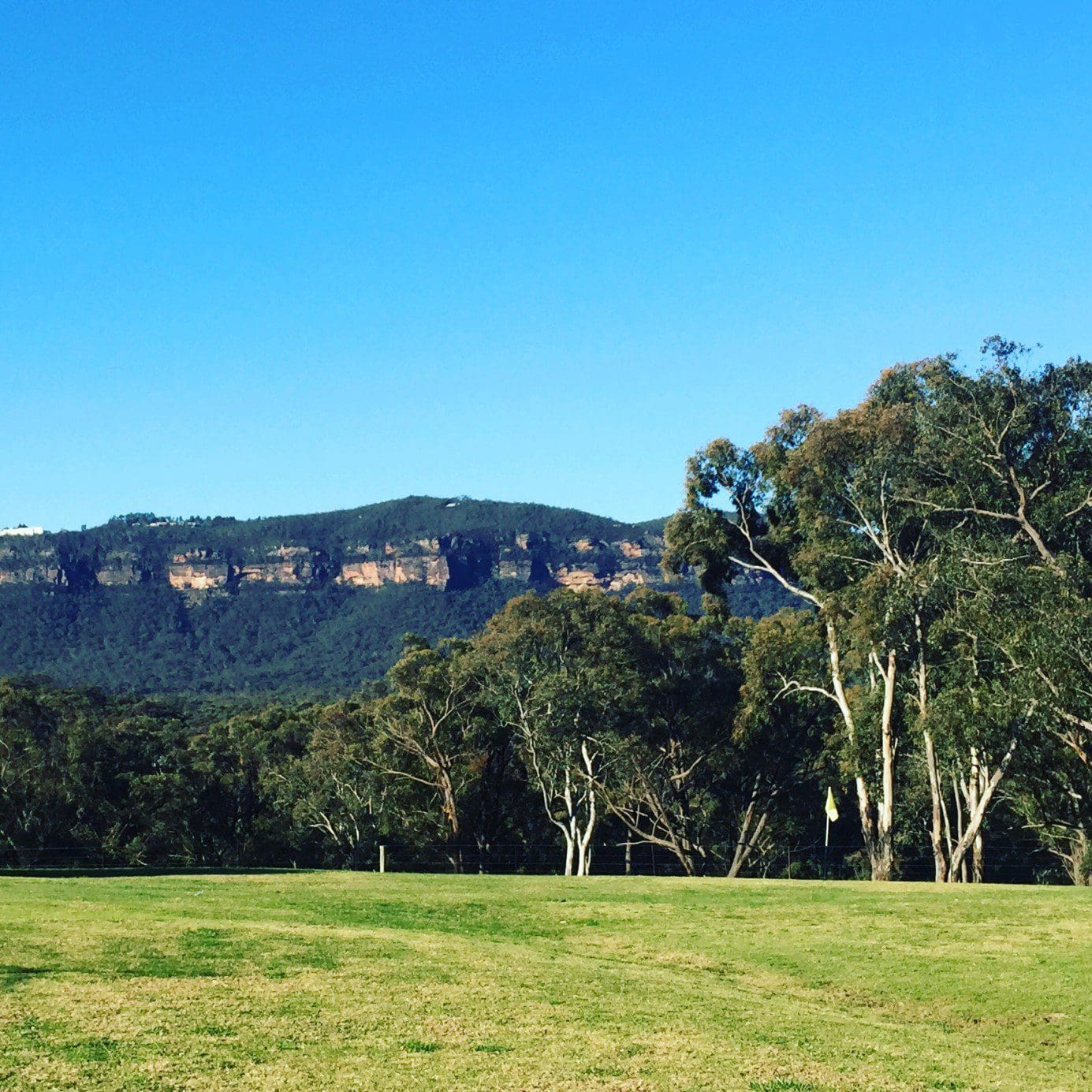Factors That Affect Housing Prices in Sydney
With housing prices continuing to rise in Australia and in Sydney in particular where the median home price in 2015 is $1.1 million, it’s important to look at what actually affects housing prices and how these factors might cause increased growth or adjustment in the future.
Consistently Low Interest Rates
One of the most significant short term factors to influence housing prices is interest rates. When the cost of borrowing money for a mortgage decreases, the number of qualified buyers increases, especially among owner-occupiers.
If all other factors are equal, a drop in interest rates almost always results in an increase in demand for housing (and an increase in prices). A prime example is an article in the Sydney Morning Herald from this last February citing how a further rate cut by the RBA would result in a 15% spike in property values. With rates already so low, and with the change almost entirely affected by US interest rates, it seems like a small factor, but it has a massive change in the short term on housing prices.
Booming Investor Demand
While interest rates affect owner-occupiers, there are other factors in housing. Investors buy property because they expect the value to continue to increase or because the rental market makes it worth owning. Tax benefits in the early 2000’s, for example, drove increased investment in the housing market (which in turn drove up prices). Another major shift occurred in the mid-2000’s when the equity market corrected downward and real estate became a more stable investment vehicle in many countries, including Australia.
The Economic Climate
Simply put, when the economy is good, prices improve. Low unemployment, controlled inflation, higher income rates for the population and a booming economy in cities like Sydney make it a more desirable place to live and the pool of money from investors and buyers alike grows. Unemployment in particular has a huge impact on housing prices throughout Australia according to Mike Berry and tony Dalton in a 2004 study in Urban Policy and Research.

Long Term Factors for Growth
While the above factors can shift rapidly – a drop in interest rates can spike prices in a matter of months – there are other long term factors that impact housing prices as well.
A good example is the actual population and distribution of that population. With steady growth in the 1.3% range throughout the 2000s, Australia’s population continued to increase while household sizes actually decreased with many single family or single person households. With fewer people sharing space and more people seeking space, the demand for housing naturally increases and prices with it.
Then there is the construction factor. In a city like Sydney in particular, the demand grows but the supply frequently does not. Construction in Australia as a whole lagged behind demand for years, and in Sydney where National Parks and natural barriers make outward growth difficult, existing supply will continue to rise in price as long as demand is high from the above factors.
When these Factors Shift Prices
The combined effect of the above housing price factors has been an increase in value for property throughout Australia, and especially in Sydney, for some time. Short term factors are expected to remain strong and supportive of this growth while long term growth and demand won’t change for some time to come.
It’s easy to see how these factors could impact prices downward, but for the foreseeable future, they support continued healthy growth.
